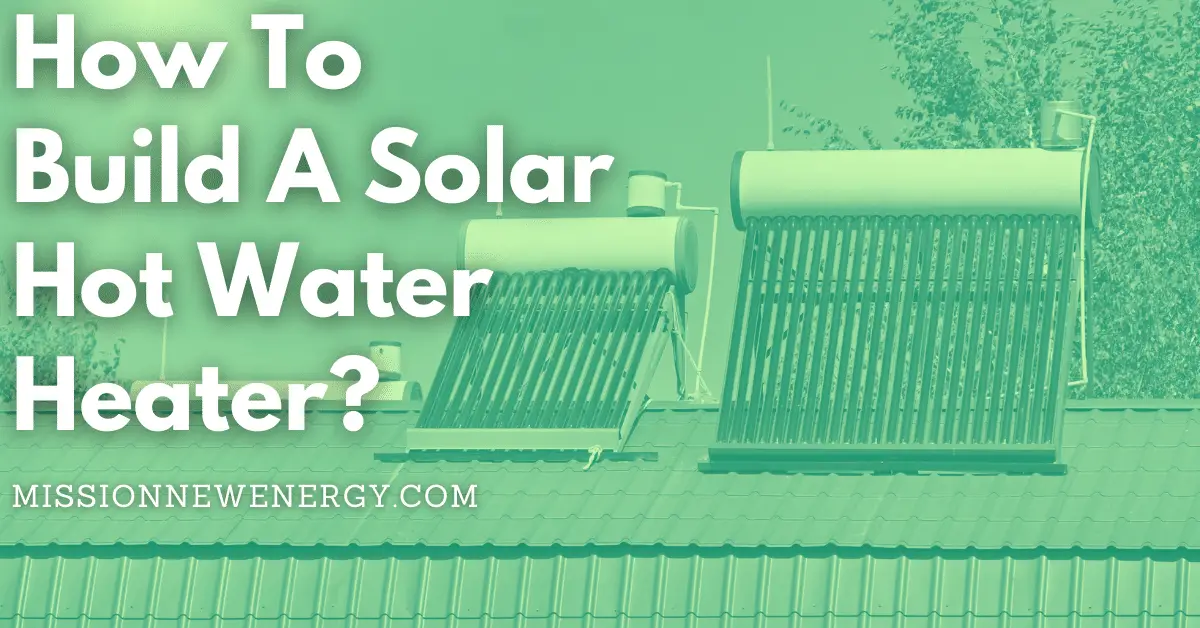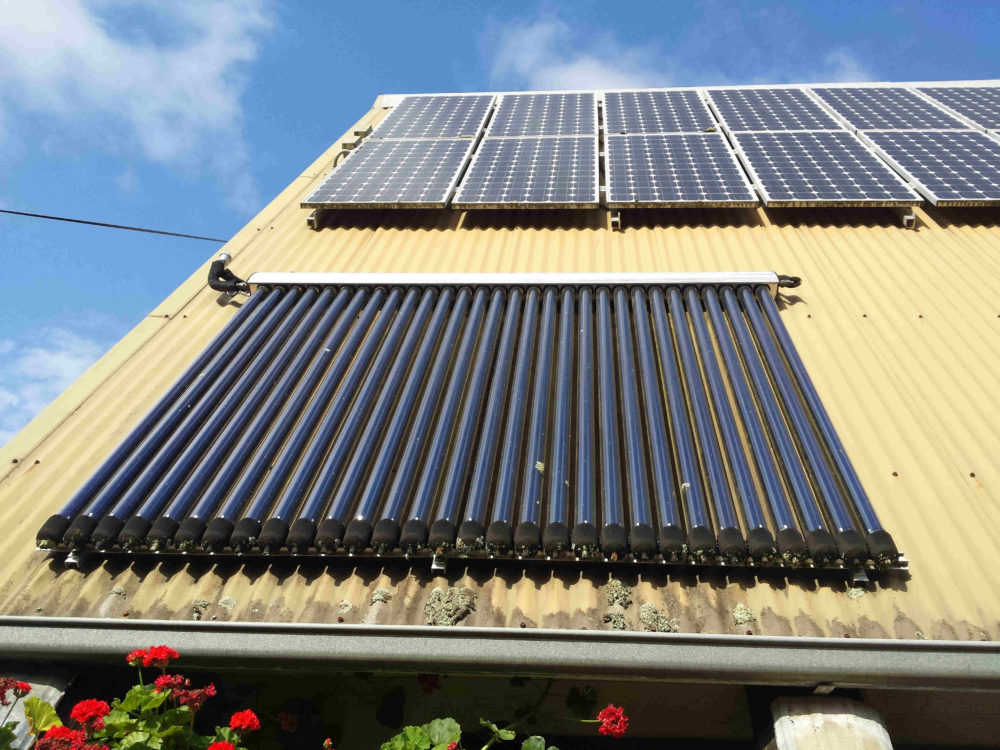
article on the benefits and drawbacks of using stainless steel or glass lined hot water tanks in solar hot water applications:
Solar hot water systems have proven to be an effective way to reduce energy costs and minimize the carbon footprint of residential homes and commercial buildings. As the demand for sustainable energy solutions is on the rise, choosing the right components for solar hot water systems has become critical. One of the key considerations when selecting a hot water tank is the material used for its lining, which impacts its durability, performance, and cost. This article will explore the pros and cons of using stainless steel and vitreous enamel (glass) lined tanks in solar hot water applications, to help consumers and professionals make informed decisions.
Stainless Steel hot water tank
Stainless steel is a popular choice for solar hot water tanks because it provides excellent corrosion resistance, durability, and compatibility with solar heat exchangers. Stainless steel tanks are highly resistant to rust and scaling, which reduces the frequency of maintenance and replacements. They are also less likely to crack or leak than other materials, even in extreme temperature conditions. Moreover, stainless steel is an excellent heat conductor, which allows for efficient transfer of solar heated water to the domestic or commercial plumbing system.
An additional advantage of stainless steel tanks is their flexibility in design and installation. They can be shaped and sized to fit different solar hot water system configurations and provide greater capacity than other materials. Stainless steel tanks are typically more expensive than glass-lined tanks, but their durability and longevity may outweigh the initial cost.
However, there are some limitations to using stainless steel hot water tanks in solar hot water systems. The high thermal conductivity of stainless steel may cause heat loss from the tank, which reduces the efficiency of the solar collector. This can be mitigated by insulating the tank with appropriate materials, but it adds to the cost and complexity of the system. Additionally, stainless steel tanks may be more susceptible to damage from water hammer or other mechanical stress, so proper installation and maintenance is crucial.
Glass Lined hot water tank
Another option for solar hot water tanks is vitreous enamel or glass lined tanks, which are made of a toughened glass material that is fused to the steel tank surface. Glass lining provides excellent resistance to corrosion, scaling, and chemical damage, which makes it a popular choice for households with poor water quality or high mineral content. Glass-lined tanks are also relatively lightweight and easy to install, which reduces the installation cost.
The main advantage of glass-lined tanks over stainless steel tanks is their low cost. Glass-lined tanks are typically less expensive than stainless steel tanks, which makes them more accessible for budget-conscious customers. They also provide good heat retention, which minimizes heat loss and increases the efficiency of solar collectors. Additionally, glass-lined tanks can withstand higher working temperatures than stainless steel, which makes them suitable for high heat solar water heating systems.

The main disadvantage of glass-lined tanks is their susceptibility to damage from mechanical stress and thermal shock. The glass coating is prone to chipping, cracking, and peeling when exposed to high temperature fluctuations, so they must be handled with care during installation and maintenance. If the glass coating is damaged, the underlying metal surface can be exposed to corrosion, which reduces the lifespan of the tank. Because glass-lined tanks are more fragile than stainless steel tanks, they may require more frequent replacements, which adds to the long-term cost.
Conclusion
In summary, the choice between stainless steel and glass-lined hot water tanks in solar hot water systems depends on several factors, including budget, water quality, system configuration, and working temperature. Stainless steel tanks offer superior durability and resistance to thermal stress, but they are more expensive and may require more insulation. Glass-lined tanks are economical and resistant to corrosion, but they require careful handling and may not last as long as stainless steel tanks. Ultimately, the best option for each solar hot water system depends on a careful evaluation of the specific requirements and constraints of the project.
Jiangsu Caisheng New Energy Technology Co., Ltd. offers a range of high-quality solar hot water system components, including stainless steel tanks, glass-lined tanks, solar collectors, and heat exchangers. As a reputable supplier of solar energy solutions, the company emphasizes quality, efficiency, and sustainability in all its products and services. With its expertise in solar technology, Jiangsu Caisheng New Energy Technology Co., Ltd. is committed to helping customers and professionals make informed decisions about the best components for their solar hot water systems.